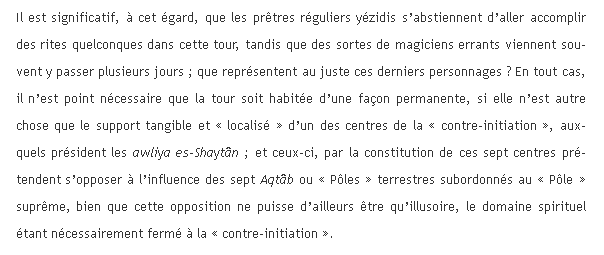One of the most stunning works surviving the Anglosaxon period, when England was Christianizing. It represents a synthesis and syncretism between English Heathenism, Christianity and Roman culture. It is evidently the work of a master craftsman and a rich culture. /THREAD 

On the casket, we find the Three Magi at the Adoration of Christ, Wayland the Smith, Romulus and Remus, Titus’s conquest of Jerusalem, as well as Valkyries, Valknutr, and other references to Germanic myth throughout. 





Rune means 'mystery', and they had both a symbolic and numerological value, as in Gematria and Kabbalah. The craftsman was extremely careful in his rune choices, thus in the first panel, that of the adoration, the text alliterates on Feoh (cattle, wealth) and Gifu (gift): 

Feohgift (Feoh + Gifu) was a poetic term meaning treasure-giving. In the scene, we find both Wayland, the Smith of the Gods, and the Adoration of the Magi at the birth of Christ, presenting him with gifts. Wayland stands for wealth; the Magi, for gifts.
In the Romulus and Remus panel, instead of one wolf, there are two: as Woden’s two wolves Geri and Freki. There is no shepherd on a field, but four warriors in a holy grove accompanying the divine twins, who are not children, but men. 



Their names are changed to Romwalus and Remwalus – WAL as in VALhalla and VALkyrie – they are heroic warriors and legendary founder twins, like those of the English: Hengist and Horsa. 

Each panel depicts one stage or step of a warrior’s life: The Adoration = Birth, Romulus and Remus = Battle / Initiation, Titus = Triumph, Heroic Death, and Ascent to Walhall. 

It is likely a model of Anglo-saxon cosmology – each panel depicting a trinity of Gods, with the lid representing Heaven, Valhalla. 





The number of times the runes were throughout the whole poem were also considered, yielding further numerological and symbolic meanings: 



It is a fascinating artefact, yielding such a variety of readings, allusions, doublings, etc. that one could study it for a lifetime - much too much to lay out in one thread. I might do some more later if there is interest.
see also franks-casket.de /THREAD
see also franks-casket.de /THREAD
• • •
Missing some Tweet in this thread? You can try to
force a refresh



























